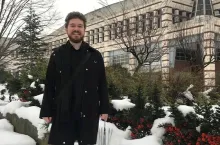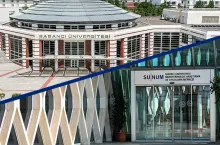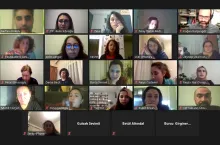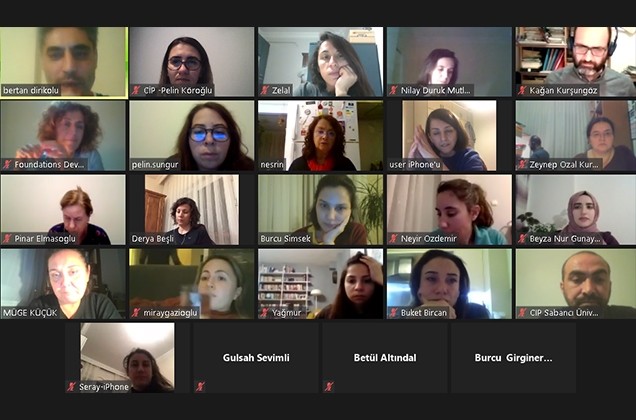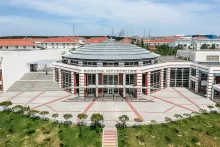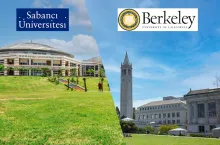19/06/2021
An international team including Ersin Göğüş, member of Sabancı University Faculty of Engineering and Natural Sciences, and Yuki Kaneko, member of Sabancı University Foundation Development Program, examined intensive X-ray bursts of the Galactic magnetar SGR J1935+2154 in the summer of 2020 via NASA’s Fermi/GBM and NICER space telescopes. The results of the comprehensive observations were published in Nature Astronomy journal on February 18, 2021.
Details of the article are given below.

On 27 April 2020, the Galactic magnetar SGR J1935+2154 emitted hundreds of X-ray bursts within a few hours. Just 6 hours later, one of these temporally coincided with an FRB (fast radio burst), the first known detection of an FRB from the Milky Way. It was understood that radio bursts observed in other galaxies in space for more than 10 years are not signals sent by intelligent civilizations in space, but result from neutron stars, at least some of them.
Magnetars are young, magnetically powered neutron stars that possess the strongest magnetic fields in the Universe. A hallmark signature of magnetars is their emission of bright, hard X-ray bursts of sub-second duration. The bursts are so strong that the energy arising from a one-second burst equals the energy that can be diffused by the whole surface of the Sun in a thousand years. The horizontal axis in the graph below represents time, and we can see that the increase in the number of x-ray photons takes place in just 0.2 seconds.

Fast radio bursts (FRBs) are extremely intense millisecond-long radio pulses of primarily extragalactic origin, and a leading attribution for their genesis focuses on magnetars. There were no indicators of FRBs observed in remote galaxies other than their radio pulses. Given that nearly all of the communication networks in the world are powered by radio waves, and that recurrent radio signals are received from some galaxies, people had the idea that such signals might be coming from remote civilizations with developed technology.
On 27 April 2020, the Galactic magnetar SGR J1935+2154 emitted hundreds of X-ray bursts. This magnetar had emitted X-ray bursts occasionally over the previous 6 years and the end of April was the peak time of the bursts. Soon after, it was understood that these bursts developed differently. Just 6 hours later, one of these bursts temporally coincided with an FRB, the first known detection of an FRB from the Milky Way.
Due to this important development, the SGR J1935+2154 neutron star topped the agenda of the astrophysics community in the summer of 2020. An international team including Ersin Göğüş, member of Sabancı University Faculty of Engineering and Natural Sciences, and Yuki Kaneko, member of Sabancı University Foundation Development Program, examined 24 intensive X-ray bursts of the Galactic magnetar SGR J1935+2154 in the summer of 2020 via NASA’s Fermi/GBM and NICER space telescopes. As a result of their spectrum analysis, FRBs are found to be very different spectrally. The figure below clearly shows that model parameters of X-ray spectra that are not associated with FRBs cluster around certain values (in gray) while FRB-associated X-ray bursts (in blue and red) become manifest at very high values. This situation indicates a characteristic difference of the X-ray bursts that coincided with the FRBs.

Another important conclusion of the above-mentioned study is that the association of FRBs with periodic X-ray bursts was established, and it was proposed that the X-ray bursts observed might have resulted from magnetic poles of the star. The conclusions of the study were published in Nature Astronomy journal on February 18, 2021.






